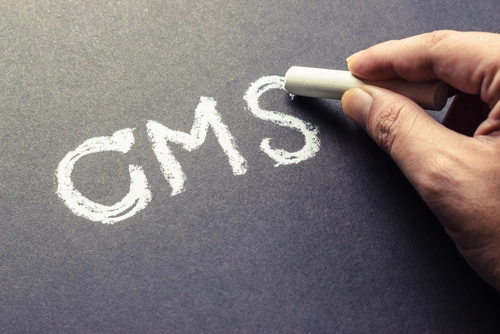
Here’s what you must do to avoid a 2-percent cut to your Medicare reimbursements.
Are you crystal clear about how your ASC should report quality measures? If not, here is a short refresher course, along with an important update that will affect your 2019 reimbursement.
Background: ASCQR is a quality-reporting program that impacts how much Medicare reimbursement your ASC receives. CMS says the data it collects on ASC safety and services will help to improve patient care in ASCs nationwide. While CMS calls ASCQR a “pay for reporting” system, it’s actually a “fine for not reporting” system. “Failure to successfully report under ASCQR will result in a negative 2 percent payment adjustment for Medicare reimbursements in a future year,” explains Mike Schmidt, Director Of Certification and Client Success for Eye Care Leaders.
Timelines: The latest date you can report 2016 data that affects your 2018 payment is Aug. 15, 2017. Reports for the 2017 data collection period are due by May 15, 2018.
To make sure your ASC gets all the Medicare reimbursement it deserves for the 2018 data collection period that begins Jan. 1, 2018, follow these steps:
Step #1: Report relevant measures. It’s important to note that quality measures must be reported in two distinct ways:
Five of the measures are noted on your Medicare claim forms. These are called Quality Data Codes (or G-codes), and they report on incidents like burns, falls, or physician errors that take place at your ASC.
The rest of the measures should be reported through an online portal created by the contractor QualityNet. These measures include using safe surgery checklists — as well as more specialty-specific measures (such as those related to endoscopies) that may not apply to surgical specialties in your ASC. Ideally, at least two staff members should be signed up to manage your portal account. Reports for the previous year (2017) are due by May 15, 2018.
Step #2: Administer the OAS CAHPS survey. You may have given the Outpatient and Ambulatory Surgery Consumer Assessment of Healthcare Providers and Systems survey before, but beginning in 2018, it will become mandatory as part of quality reporting. This 37-question survey assesses your patients’ experiences at your ASC, including how well you communicated with them, their pre- and post-surgical treatment, and their surgical outcomes.
You should choose a CMS-approved vendor to conduct the survey for you, by phone and/or by mail.
“Your ASC must select and pay for the survey vendor,” Schmidt explains. The vendor will ask for a list of patients each month from your facility management software or billing system. “The vendor randomly selects a certain number of patients from the monthly list and then surveys them,” Schmidt says. CMS recommends that you aim for 300 annual completed patient surveys, depending on the size of your ASC. (Centers with fewer than 60 patients per year are exempt from the requirement.)
Making the OAS CAHPS survey mandatory is a very big change with very real associated costs, so you should start figuring out how to put it in place now to stay ahead of your 2018 reimbursement game.
The bright side: You can add up to 15 questions of your own to the OAS CAHPS survey, which might allow you to replace your existing patient surveys and maximize your efficiency.
ASCQR Resources:
To access CMS’s ASCQR page, go to: https://www.cms.gov/Medicare/Quality-Initiatives-Patient-Assessment-Instruments/ASC-Quality-Reporting/.
The portal to report the web-based measures is at: >https://www.qualitynet.org/dcs/ContentServer?c=Page&pagename=QnetPublic/Page/QnetTier2&cid=1228772497737.
To read a list of CMS-approved vendors for OAS CAHPS, go to: https://oascahps.org/General-Information/Approved-Survey-Vendors.
